I have shot a lot of festival food over the years, and really enjoy the utter madness of trying to capture the best shots of chefs cooking on stage in real time, often over a blazing fire, to a huge crowd. Sam & Shauna, the amazing duo behind Hangfire BBQ, are the absolute Queens of these kind of demos, so when they invited me to photograph some recipes in their brand new outdoor cookery school in the beautiful Vale of Glamorgan, I jumped at the chance.
Shot at the Black Deer Festival ©Kirstie Young
With Sam cooking a Thai style whole fish in their Charlie Charcoal oven, and Shauna generously filming some behind-the-scenes footage for this video (as well as shooting the recipe, multi-tasking heroes that they are!) we spent a tasty few hours making food and films.
In a studio you can take your sweet time to position lights and reflectors, you can add and take away props and ingredients to your hearts content, and shoot multiple frames until you have the one that hits the spot. Shooting live cooking is a completely different, and fairly untameable beast; you have to work really quickly and shoot what’s in front of you as it happens in real time.
In a live situation my number one tip would be to do everything in your power to develop a rapport with the chef, and at the same time firmly cross your fingers that they will be happy to work with you to achieve the best possible shots of their food!! Sam obviously has plenty of experience of being in front of a camera, so knows exactly how to work in harmony with a photographer, which makes my job on the day a real joy.
Takeaway Tips
Keep your Shutter Speed high to avoid blurred photographs as real time Cooking Demos are FAST! 1/200 is a good starting point, but I often go higher.
To capture the small details, such as the scales on a fresh fish, choose a shallow depth of field. Start with F2.8 and play around from there.
If you are shooting any cooking over live fire, you may have to “Bracket” your shot. Exposure bracketing involves taking three or more shots of the same scene: one at the metered exposure, one underexposed, and one overexposed. By doing so, you can capture the full range of light and shadow detail, and create a well balanced composite image. 1
Make sure you capture any pouring or chopping shots to tell the full story of the dish.
Find multiple angles as you shoot to really bring the food story to life
Don’t forget to seek out details such as a well worn knife, and close ups of any key ingredients.
Consider using the “Rule of Thirds” as a starting point to compose your shots with. Most digital cameras, and smartphones, will have the Rule of Thirds grid in the menu that can be turned on and used when you are quickly composing your frame. 2
And travel with a lightweight stepladder for those popular overhead shots!!!
With massive thanks to Sam & Shauna for holding my hand through my first experience of being in front rather than behind a camera, and for making it so much fun to do! I have made this first Video freely available for everyone, so do share it with anyone you think might enjoy!
As this is a fairly advanced technique I have only briefly mentioned it on this film, and I promise I will do a full Video on this technique for Paid Subscribers in the future!
There will be a future masterclass on the rule of thirds where I will go into this in much more detail.





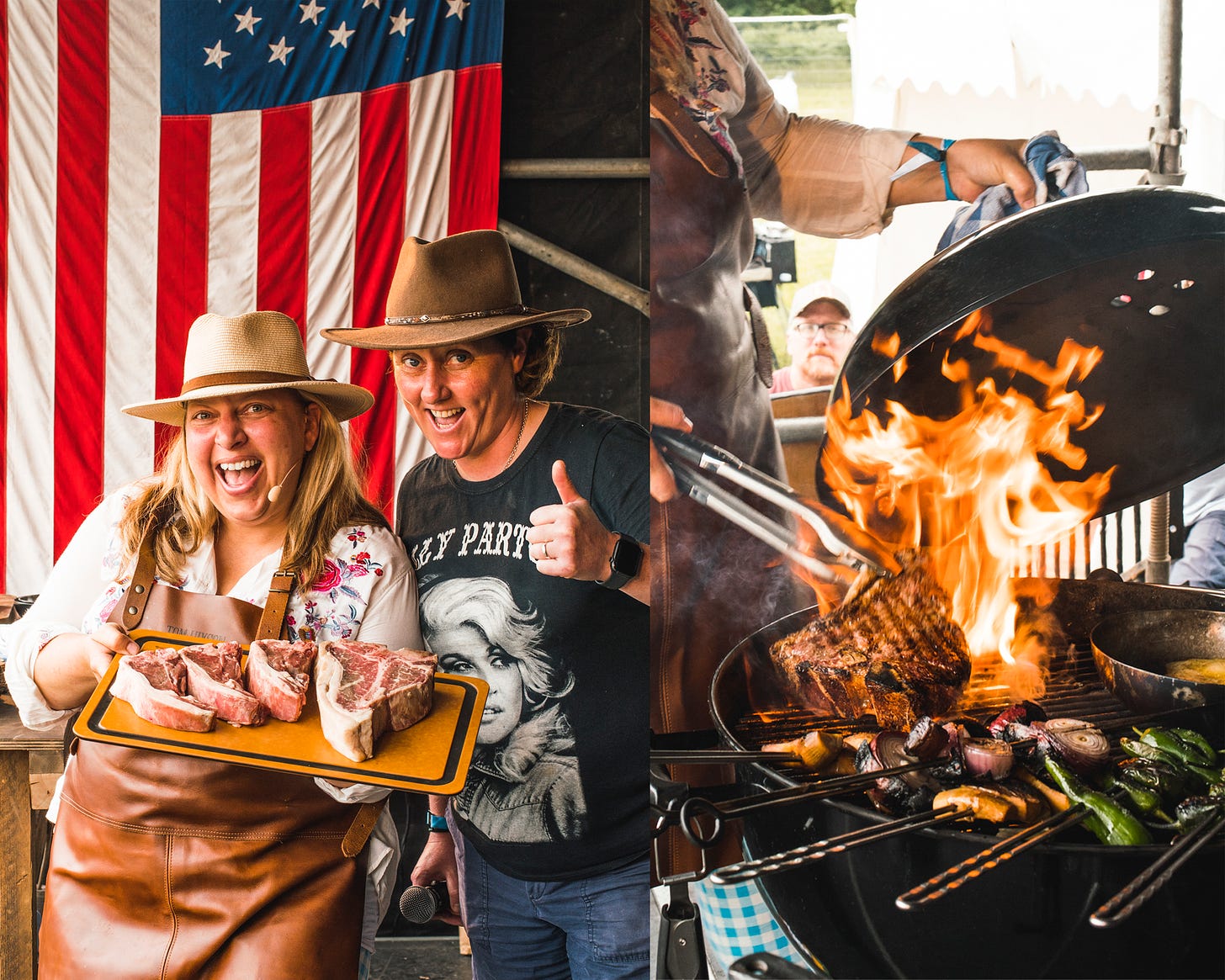
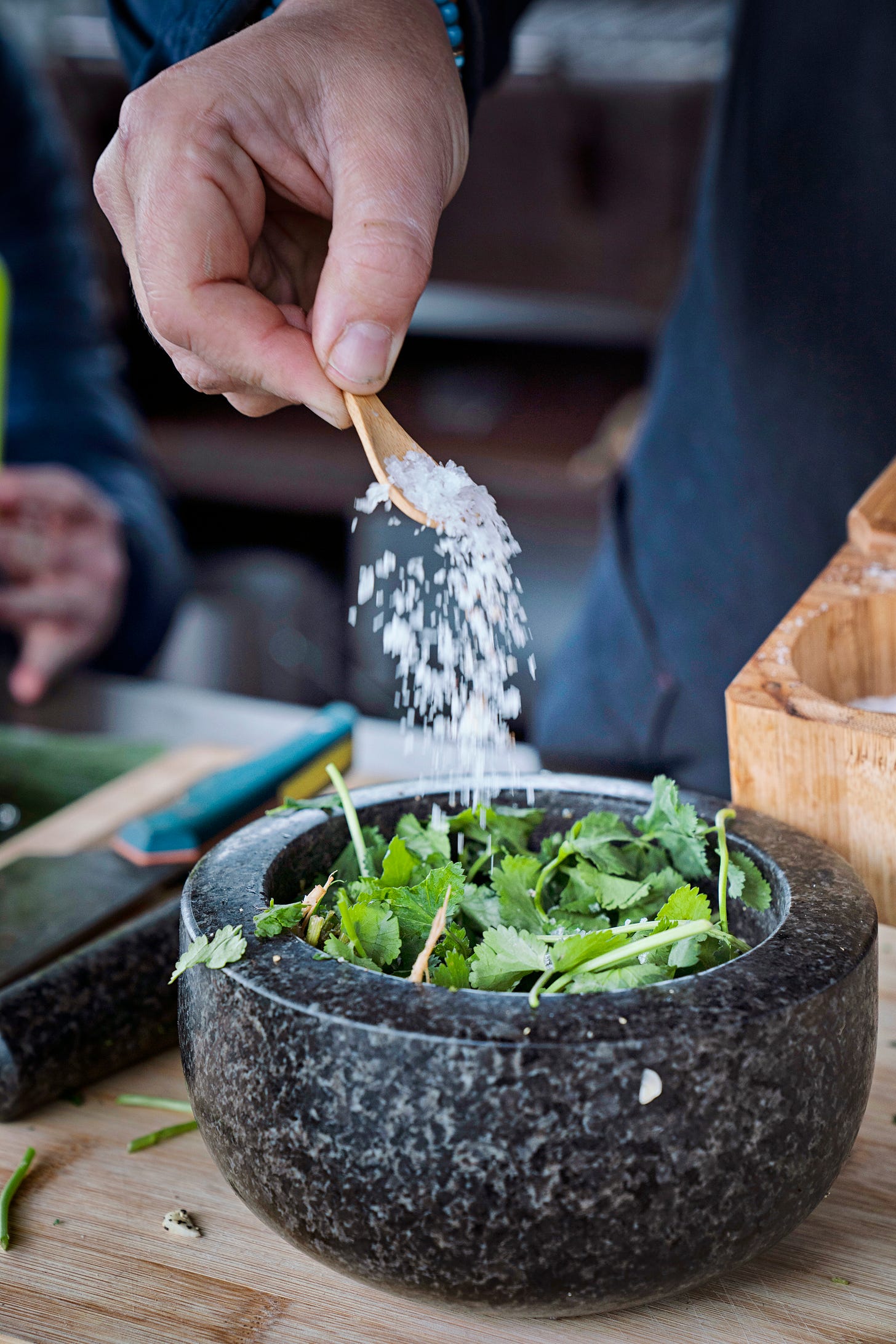

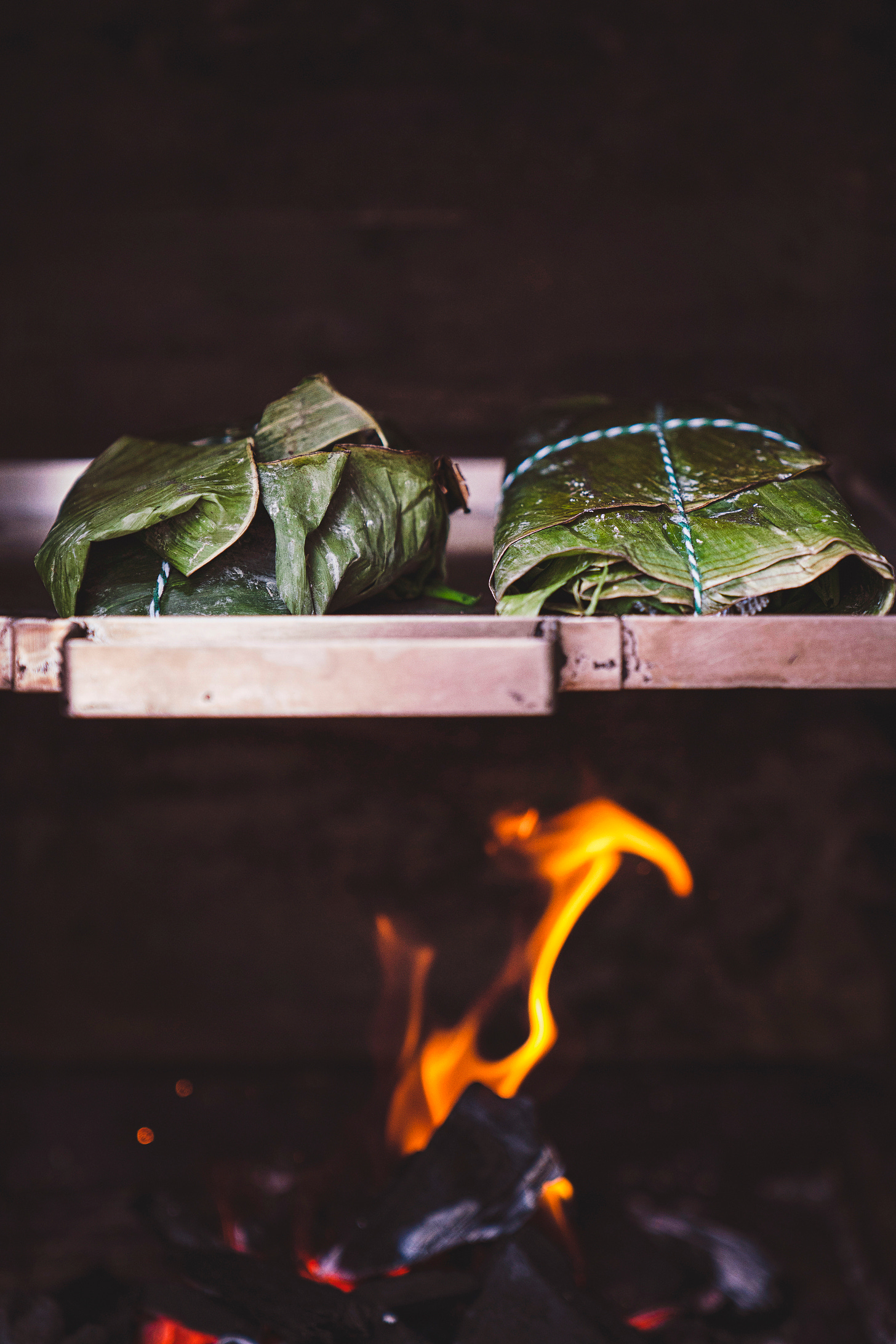
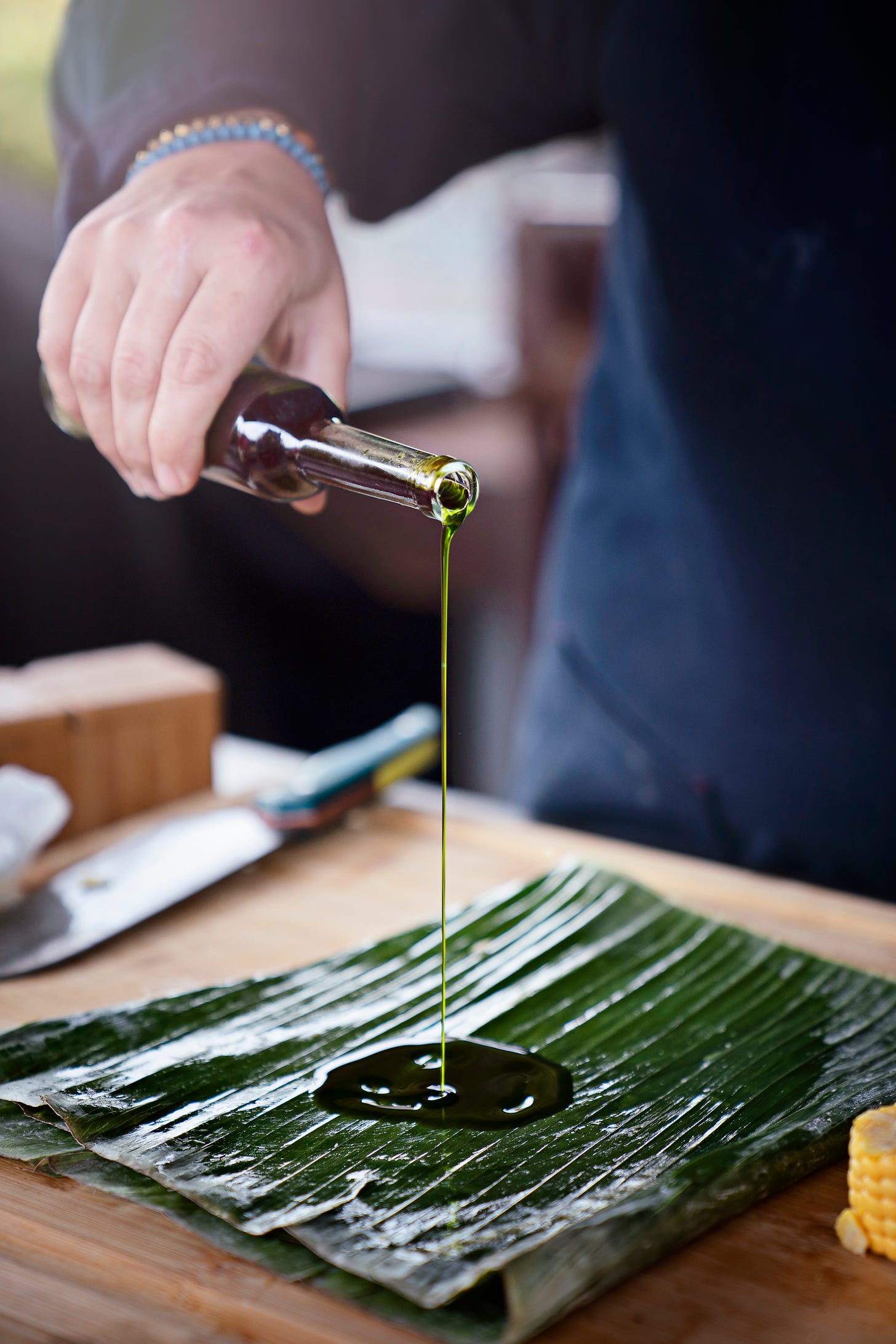
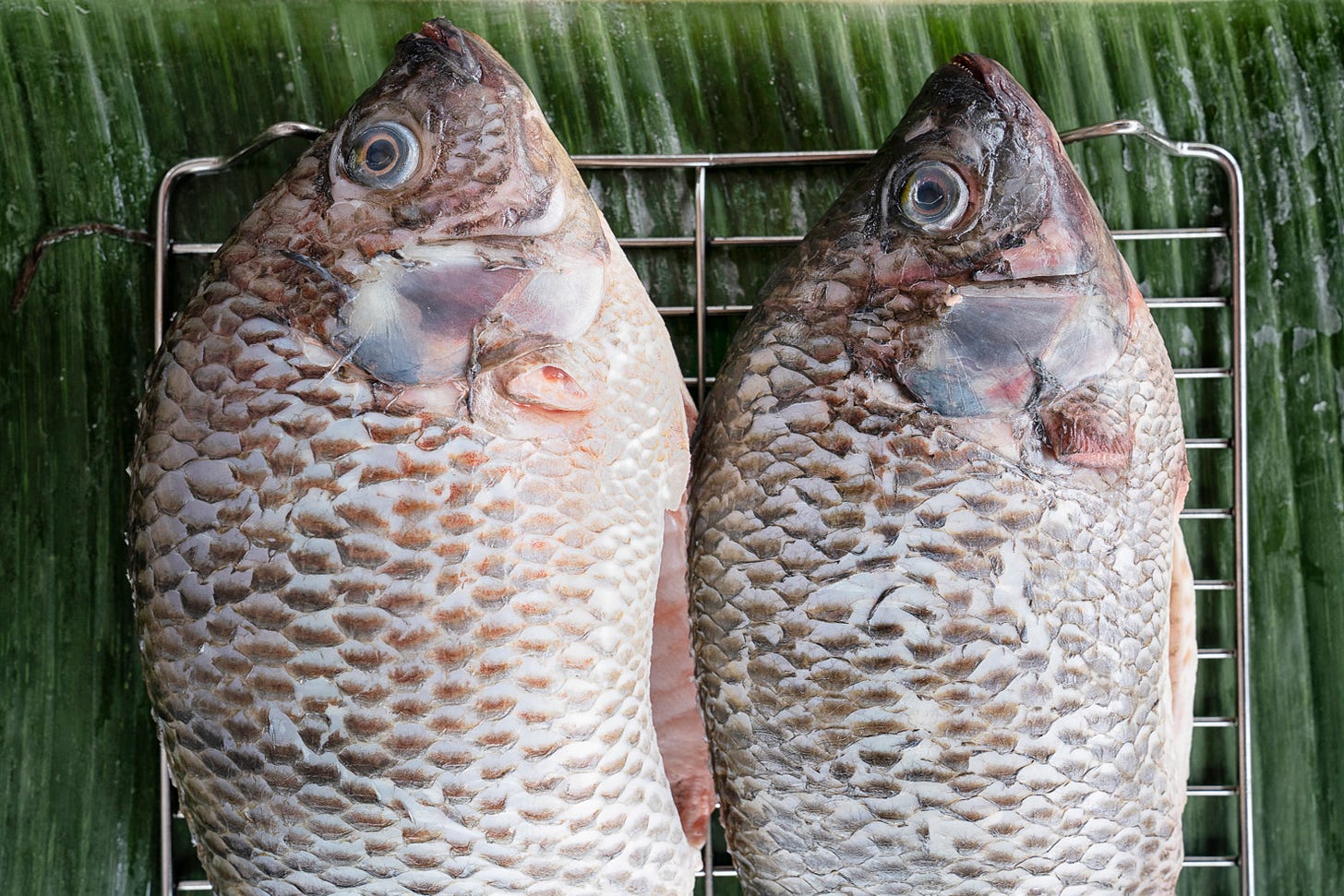
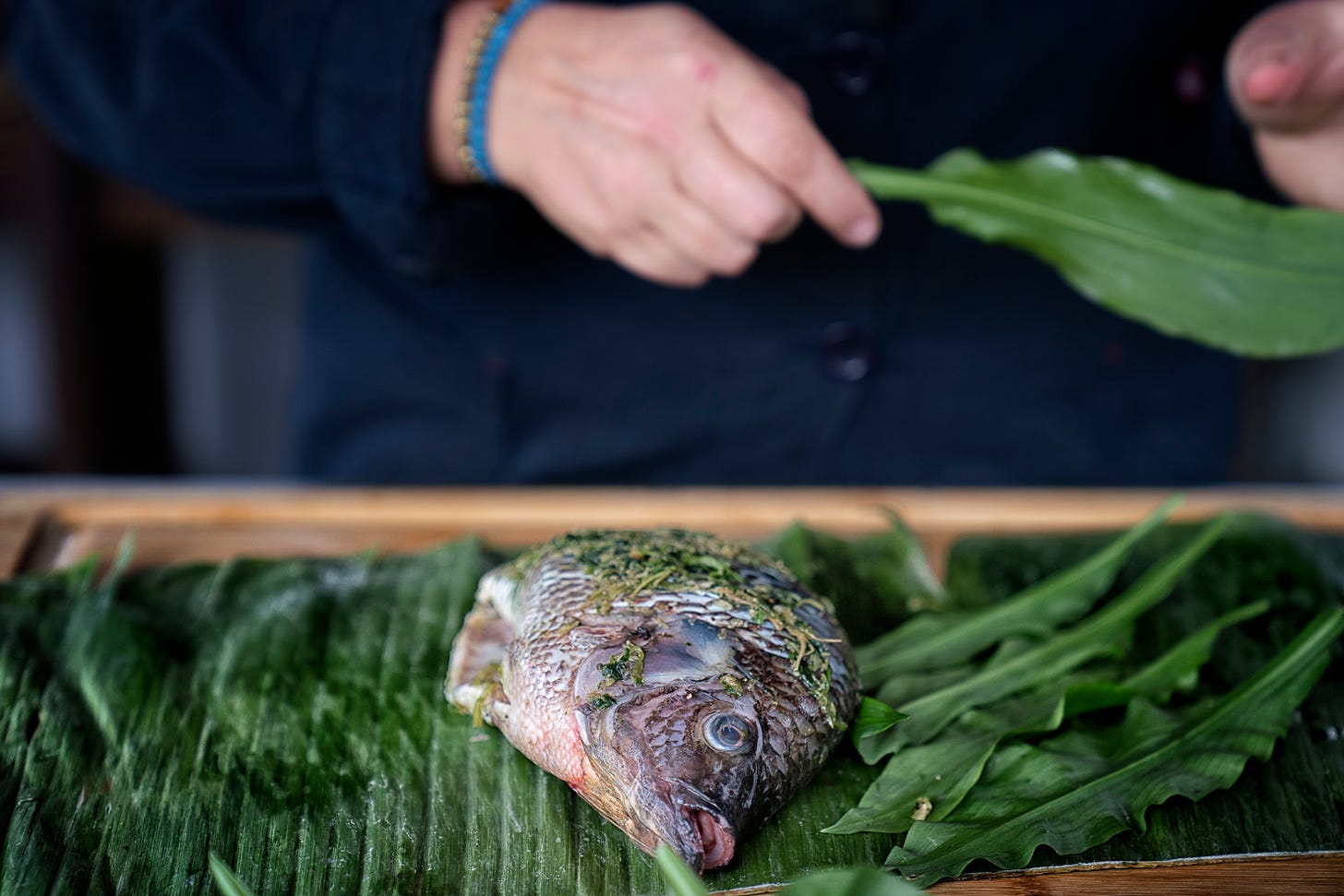
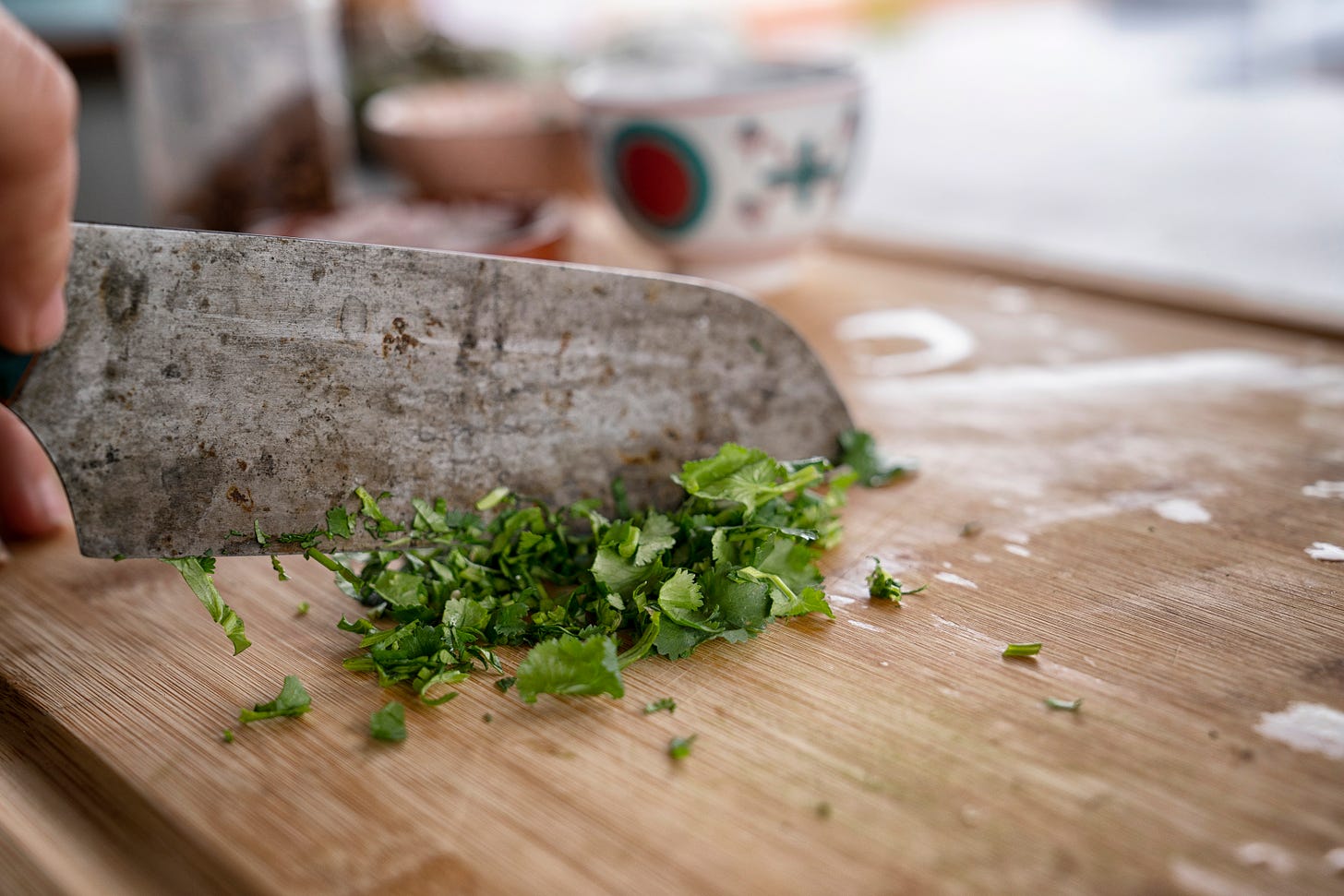
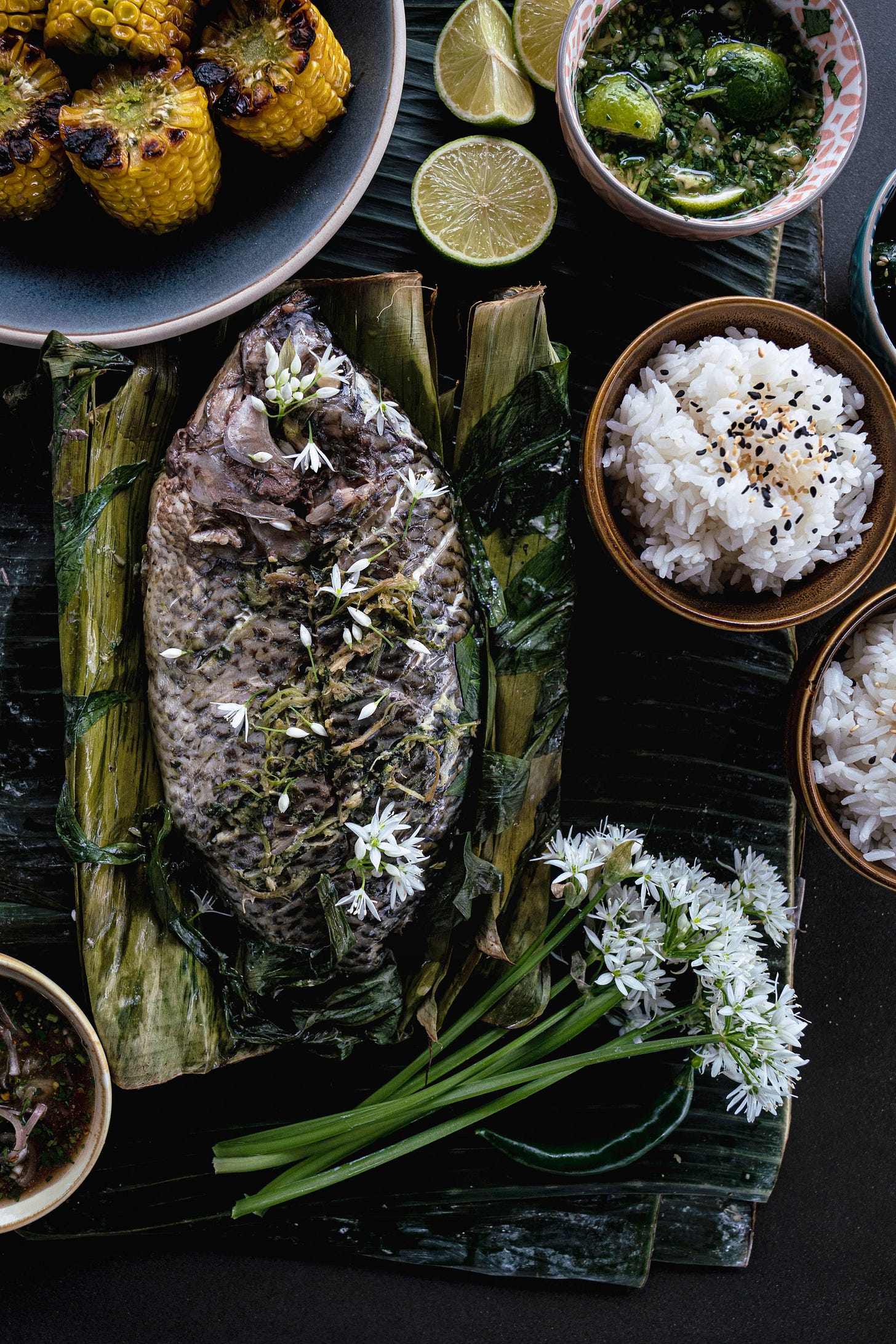



Share this post